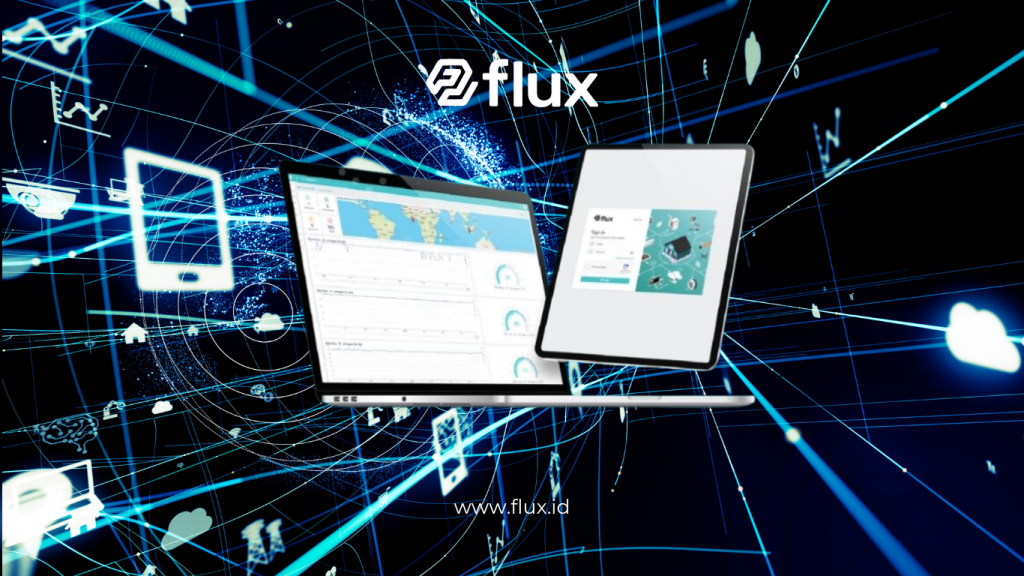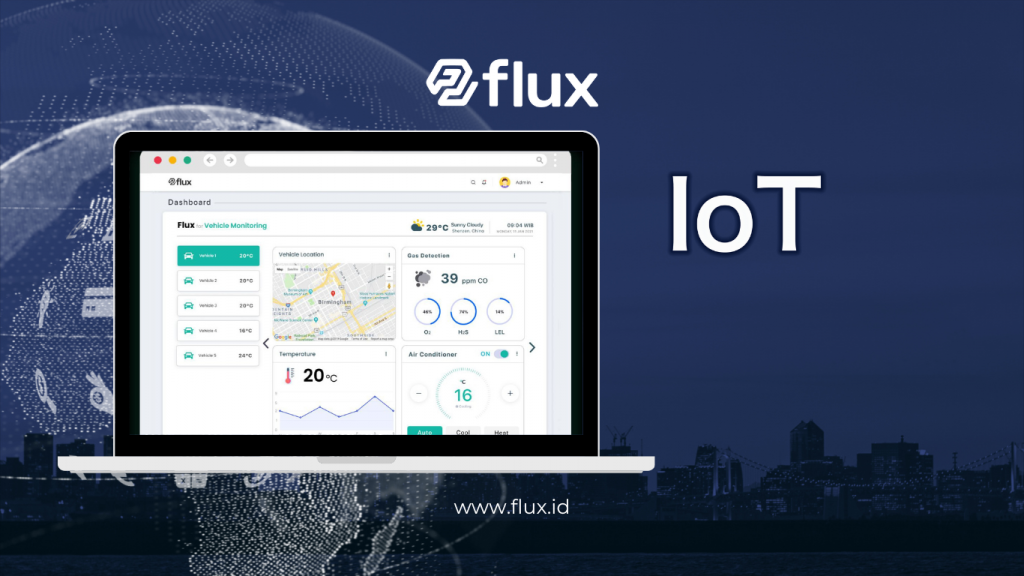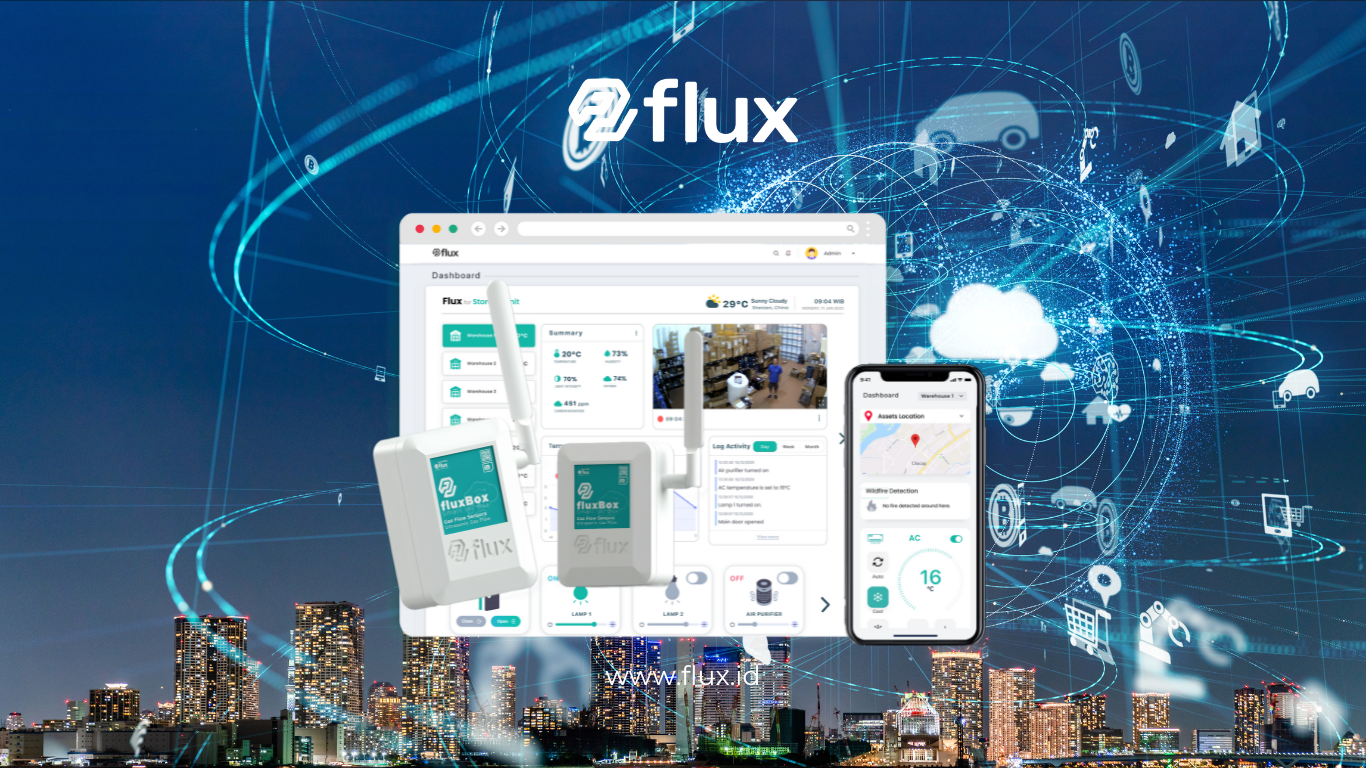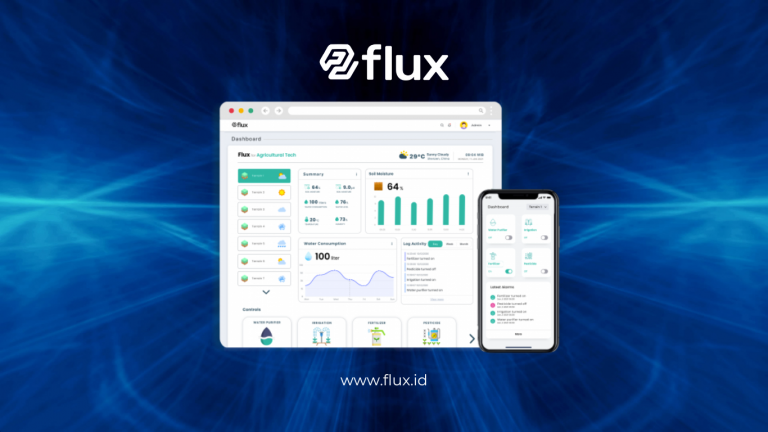Don't miss our holiday offer - 20% OFF!
In today’s digital era, Internet of Things (IoT) has transformed how businesses interact with the world around them. The increasing number of connected devices allows for the collection and analysis of data that can enhance operational efficiency and provide better insights. In this context, Flux emerges as a smart solution that enables the management of multiple IoT project locations within a single account, offering the visibility and control needed for efficient operations. This article will discuss how to manage IoT projects across various locations using the Flux account, the features that support it, and the benefits gained by companies.
Contents
What is Flux?

Definition and Functionality
Flux is a management platform designed to connect, monitor, and efficiently manage devices. With an intuitive and feature-rich interface, Flux allows users to easily access data from various projects and locations.
Key Features of Flux
- Multi-Device Integration: Can connect various types of IoT devices and sensors into one integrated system.
- Real-Time Monitoring: Provides up-to-date information about the operational status of each location.
- Data Analysis: Offers tools for analyzing data, enabling actionable insights.
- Custom Dashboards: Allows users to create dashboards tailored to specific needs.
Why is Managing Multiple Locations Important?

1. Managerial Efficiency
Managing multiple locations within one platform saves time and effort. Managers no longer need to switch between systems or applications to retrieve information from different sites.
2. More Accurate Decision-Making
Real-time access to data from multiple locations enables management to make faster, fact-based decisions. This is particularly useful in emergencies or when process adjustments are needed.
3. Improved Collaboration
When all data from various locations is stored in a single system, collaboration becomes much easier. Teams can work with the same information, reducing the risk of misinformation.
4. Efficient Resource Management
Managing multiple locations with a single account allows companies to better leverage resources. Energy and material usage can be monitored more efficiently.
Utilizing the Flux Account to Manage Multiple IoT Projects

1. Create a Clear Organizational Structure
After establishing a Flux account, the first step in managing multiple project locations is to set up a clear organizational structure within the system. This includes:
- Identifying Project Locations: Define the geographical locations for each IoT project to be managed.
- Assigning Responsibilities: Determine team members who will be responsible for each location.
2. Adding Devices and Sensors
The next step is to add all IoT devices and sensors used at each location to the Flux account. Ensure that these devices are compatible and capable of connecting to the system for effective data collection.
3. Setting Up Monitoring
Customize the monitoring settings for each device and sensor. This includes defining the parameters to be monitored, such as energy usage, temperature, or operational status.
4. Notification Setup
Flux allows users to set up notifications and alarms for emergencies. By establishing certain parameter thresholds, organizations can receive immediate alerts if issues arise at monitored locations.
5. Staff Training
Ensure all team members receive adequate training on how to use the Flux platform. Proper training will help them utilize all available features and manage projects more efficiently.
6. Continuous Monitoring and Evaluation
Regularly conduct analysis of the data collected from all locations. Use the results to evaluate performance and identify areas for improvement. This is crucial for accurate, data-driven decision-making.
Long-Term Benefits of Using Flux

1. Reduced Operational Costs
Managing all projects through one platform helps eliminate the use of separate systems that inflate operational costs. This benefit becomes more evident as operational scales increase.
2. Responding to Issues Effectively
The ability to monitor conditions at every location in real-time allows managers to address issues immediately. When anomalies occur, quick action can be taken to minimize negative impacts.
3. Optimizing Resource Utilization
Flux provides better insights into how resources are used at each location. This data helps with planning and monitoring energy and material consumption.
4. Improved Strategic Decisions
With integrated data, companies can more easily perform cross-location analyses, leading to better strategic decisions. This supports more synergistic long-term growth plans.
Conclusion
Flux provides not only a tool for data management but also contributes to realizing a smarter and more efficient Industry 4.0. Through the management of multiple IoT project locations within a single account, companies can enhance productivity, reduce costs, and make a more significant positive impact on sustainability.
By integrating systems like CEMS and other technologies into this approach, companies can strategically ensure compliance with environmental regulations and create a greener industry. With the right investment in modern technology, every company can contribute positively to the environment while improving their bottom line.





